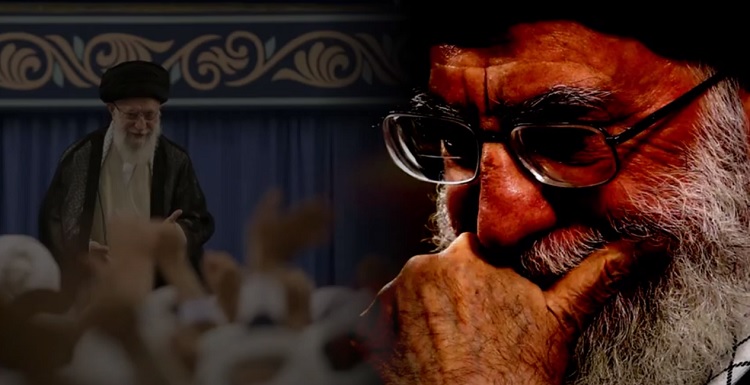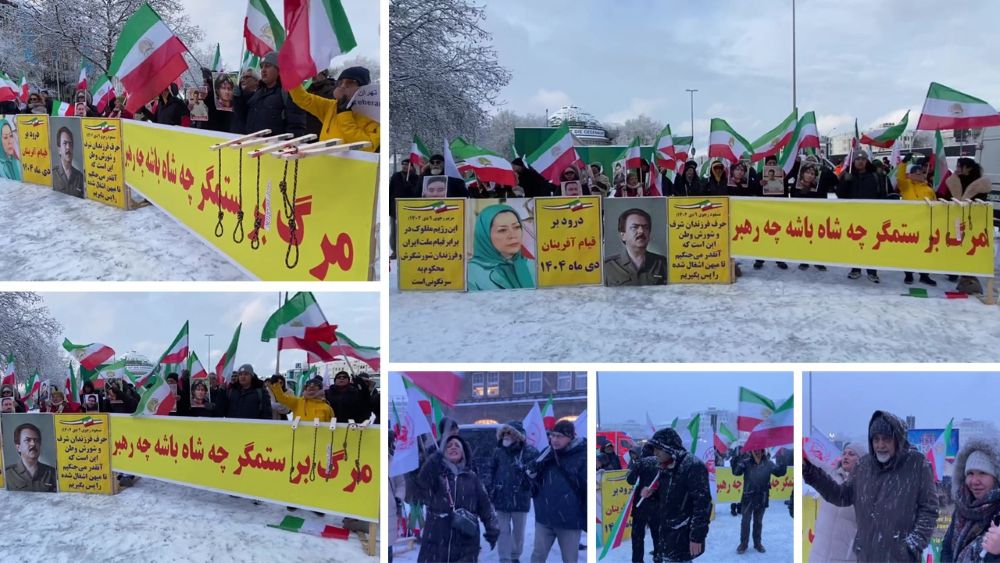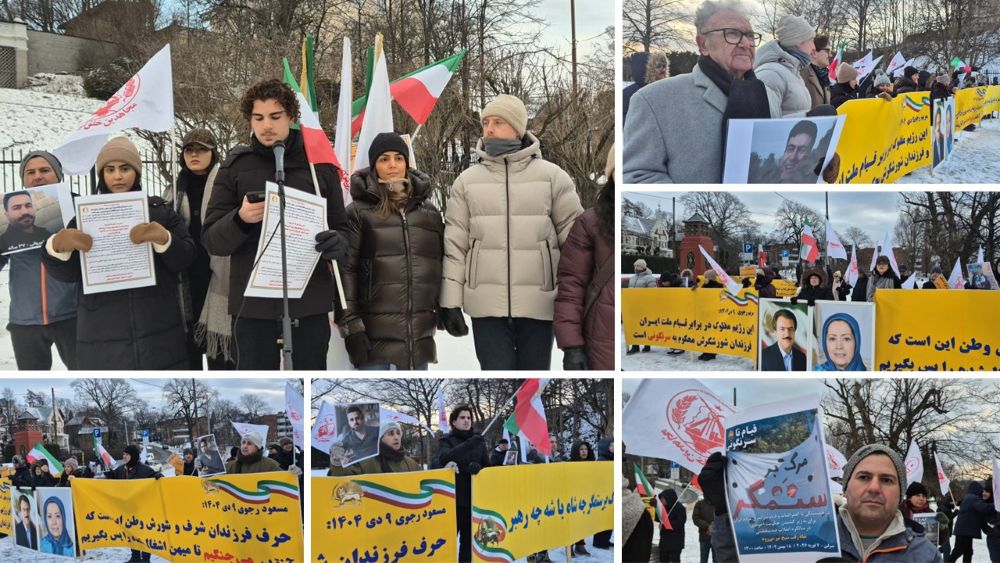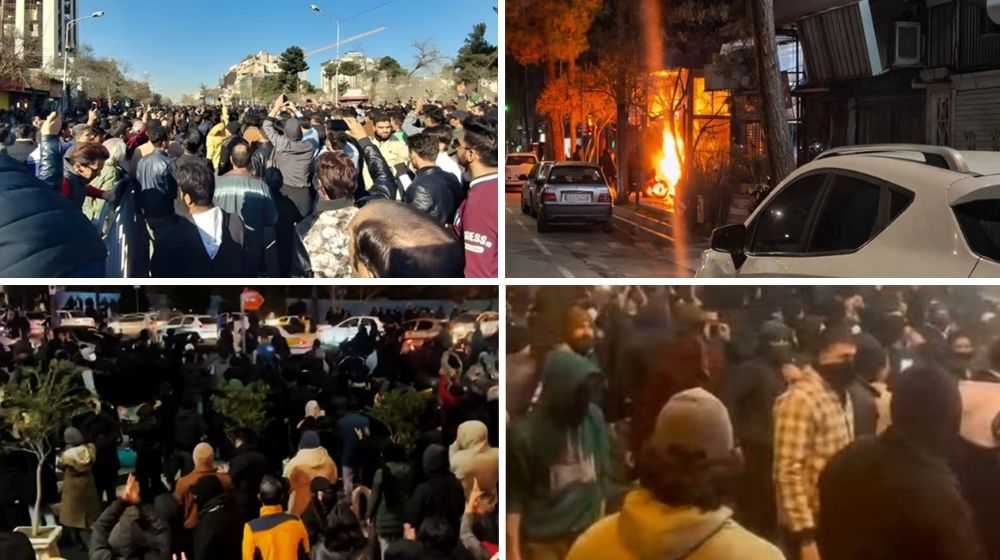
Ali Khamenei is the current Supreme Leader of the mullahs’ regime in Iran. Khamenei is ultimately responsible for all human rights violations across Iran and terrorist meddling in other countries as the most powerful official of the theocratic regime with the final say about all state matters.
Khamenei, became Supreme Leader in 1989 following the death of regime founder Ruhollah Khomeini. The Supreme Leader’s office, under the supervision of Khamenei and his son eldest Mojtaba, is an entity that oversees dozens of security, political, and economic institutions.
Khamenei’s Wealth
Khamenei’s wealth is estimated to be close to $200 billion. In October 1981, Khamenei was appointed as president.
In 1980, he was responsible for the suppression of minorities in Kurdistan and Khorramshahr by the Revolutionary Guards (IRGC).
According to a statement issued on April 26, 2019, by the U.S. Embassy in Baghdad, Khamenei controls a financial empire worth an estimated $200 billion. Khamenei also controls financial giants such as the foundation of the “Execution of Imam Khomeini’s Order” (EIKO), with assets estimated at “$95 billion.”
Khamenei also controls the Mostazafan Foundation, which oversees assets left by the monarchist regime of the Shah and its affiliates. The Foundation owns thousands of houses, residential complexes, villas, agricultural lands, factories, and palaces. The Mostazafan Foundation’s turnover has never been announced.
Astan-e Quds Razavi (AQR)
The Astan-e Quds Razavi (AQR) “charity” foundation is one of the oldest financial and religious foundations in Iran. This entity is another example of how the clerical regime is taking advantage of the Iranian people’s religious beliefs to pursue its ominous objectives.
AQR is not accountable to the government and reports to Khamenei himself. According to the International Monetary Fund, the foundation’s investment in the fiscal year of 2014 was about $188 billion. Above all, the AQR manages all financial endowments accrued over the past few decades and Khamenei himself appoints its “custodian.”
Human Rights Violations by Ali Khamenei
As the highest official of the clerical regime Khamenei is the main figure responsible for human rights violations in Iran.
This includes the execution of 120,000 members of opposition groups mostly MEK, massacre of 30,000 political prisoners in 1988.
In addition, torturing and imprisonment of thousands of dissidents who were mostly members and supporters of the Iranian opposition People’s Mojahedin Organization of Iran (PMOI/MEK). Moreover, suppression of religious and ethnic minorities, suppression of women in particular, suppression of the 1999 student uprising, suppression of the 2009 post-election uprisings. Besides, suppression of 2017/2018 nationwide protests, killing of 1,500 protesters in the aftermath of the nationwide November 2019 protests.
Also, the assassination of dissidents inside the country and abroad, such as Prof. Kazem Rajavi, and terrorism plots such as the 2018 Iranian opposition gathering at Villepinte, France, and the killing sprees targeting people in Syria, Yemen, and Iraq.
Khamenei was the regime president during the 1988 massacre of political prisoners. “Have we abolished the death penalty? No! In the Islamic Republic we have death penalty for those who deserve it,” he said at the time. “If they are connected to the MEK, what should we do? They are sentenced to death and we execute them. We are not joking about this.”
Terrorist Attacks Abroad Ordered by Khamenei
After the death of its founder Ruhollah Khomeini, Khamenei planned to eliminate its internal and external opposition figures during the 1990s. The first target was Abdul Rahman Ghassemlou, leader Iranian Kurdish group KDPI.
Another renowned figure assassinated in 1990 was Dr. Kazem Rajavi, brother to Iranian Resistance leader Massoud Rajavi. He was hated by the mullahs for exposing the regime’s crimes against humanity, especially against political prisoners and prisoners of conscience.
Without realizing the shift in the international spectrum, the mullahs once again attempted to carry out another terrorist attack in 2018. This time, they sent one of their senior diplomats, Assadollah Assadi, to plot a bomb in the annual Iranian Resistance gathering in Villepinte, near Paris. Assadi was apprehended by German authorities red-handed on German soil after delivering the explosives to the hit team in Luxembourg. He is now facing trial in Belgium. This is the first time an Iranian diplomat is being prosecuted for direct involvement in terrorism.
Ali Khamenei’s Successor
The power struggle and ambiguities surrounding Khamenei’s succession have left him and his regime in a weak state, and are making it harder for him to maintain hold on power.
Ebrahim Raisi, the current judiciary chief, is seen as a potential figure to succeed Khamenei. But it is not clear who will eventually become Khamenei’s successor.



